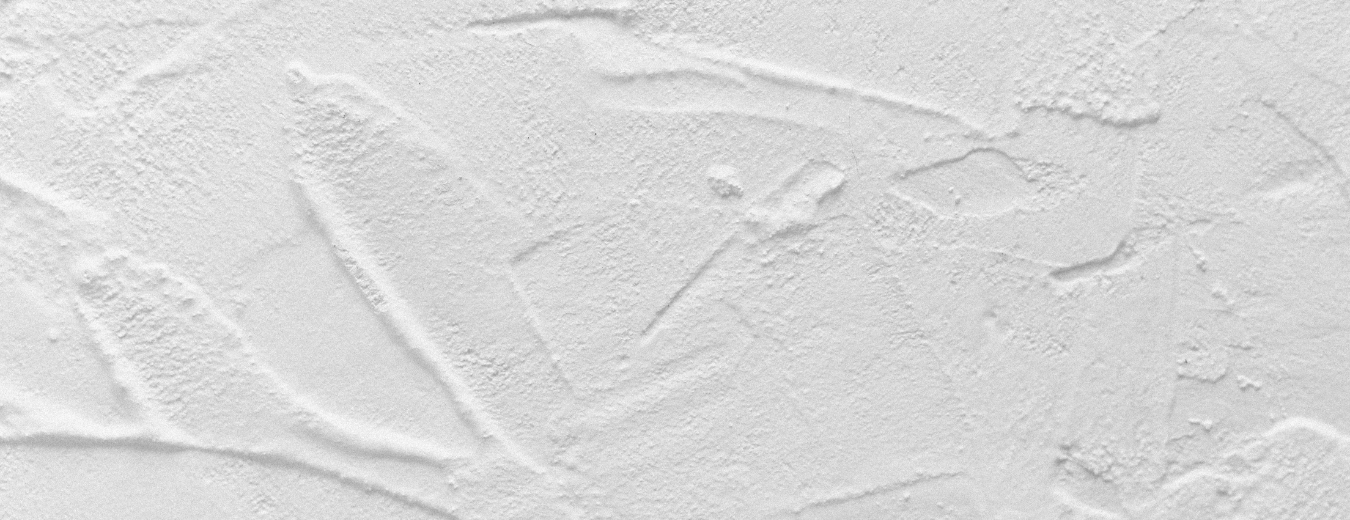
What Are the Pros and Cons Of Textured Paint?
Posted on May 5, 2022
Textured paint is a special blend of paint, additives, and texture material to form a material that can be artistically adapted by the painter. These paints can include sand, gypsum, styrofoam, or any number of other lightweight materials to create unique textures. Using textured paint takes practice, so if you are interested but short on time, it’s best to hire a pro. Today we will briefly discuss the pros and cons of using textured paint and why they are important.
What Are the Pros of Using Textured Paint?
Textured paint has some wonderful qualities, like unique application and color combinations. Here we will delve a little deeper into why textured paint has become so popular. To be clear, we are not discussing paint techniques like stippling or knockdown. We are describing paints designed by manufacturers to be applied as is.
Creativity Can Go Crazy
Even if you have painted your home for years, using textured paint is another ball game. Many textured paints are widely available in a vast array of options. If you are the artsy type, consider using sanded paint at first. There are a few tricks to using textured paint, like keeping it constantly stirred, so follow the directions closely.
Textured Paint Can Absorb Light
Textured paint can help you control unwanted light and reflections. Textured paint is available as a high gloss paint for specific effects, but most will provide a low sheen like matte or eggshell. Sometimes design considerations, like controlling light in a nursery are important. Textured paints often allow creative parents to not only create a stimulating color scheme but control reflections as well.
What Are the Cons of Using Textured Paint?
Textured paint is a fantastic product, but knowing a couple of limitations may save you some effort. Here we will describe a couple of common complaints from users of textured paint and how you can avoid them.
Textured Paint Takes Practice
Textured paint is unique in that the painter has much control over the final product. Textured paints are very good at showing brush strokes, which is usually the enemy of a good paint job. Textured paints can look very amateurish when applied incorrectly, so the best option is to either spend some time practicing before attempting your project or hire a professional. You’ll like the final product better either way and you won’t make a mess you’ll have to fix.
Textured Paint Can Be Tricky to Patch
Even if you practice or hire a pro, your work will still likely be subjected to damage. Errant shoes and broom handles can cause damage we need to repair. Sometimes textured paints actually hide damage better than regular paint, but sometimes the texture is difficult to match. If you plan to use textured paint, put a little thought into the location and how much abuse it is likely to endure to make repairing it easier.





